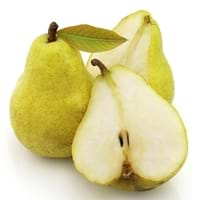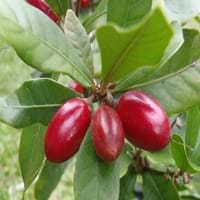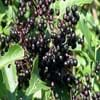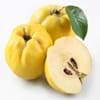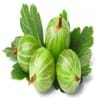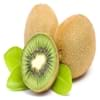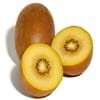Health Benefits
Arthritis prevention, Cancer prevention, Gout treatment, Heart care
Good for diabetics, Improves well-being, Miraculin/miracle fruit makes sour things taste sweet
General Benefits
Anti-inflammatory properties, Boosts immune system, Controls blood pressure, Controls blood sugar levels, Cures fever, Digestive aid, Sore throat treatment
Has taste modifying effect
Skin Benefits
Reduces wrinkles, Treatment of acne
NA
Hair Benefits
Promotes longer and healthier hair, Shiny hair
NA
Allergy Symptoms
Anaphylaxis, Digestive Problems, Itching, Skin Rashes, Swelling
Itching, Skin rash
Side Effects
Allergic reaction
Changes taste of food eaten after this fruit, Coagulation
Best Time to Eat
As a snack in the late afternoon, Don't consume at night and before bed, Eat the fresh ones, avoid mixing with any other foods, don't eat after meal., Morning time (before lunch)
As a snack in the late afternoon, Eat the fresh ones, avoid mixing with any other foods, don't eat after meal., Morning time (before lunch)
Protein to Carb Ratio
Not Available
Vitamin A (Retinol)
Not Available
Vitamin B1 (Thiamin)
Not Available
Vitamin B2 (Riboflavin)
Not Available
Vitamin B3 (Niacin)
Not Available
Vitamin B5 (Pantothenic Acid)
Not Available
Vitamin B6 (Pyridoxin)
Not Available
Vitamin B9 (Folic acid)
Not Available
Vitamin C (Ascorbic Acid)
Vitamin K (Phyllochinone)
Not Available
Lutein+Zeaxanthin
Not Available
Phytosterol
Not Available
Water Content
Not Available
Calories in Fresh Fruit with Peel
Not Available
Calories in Fresh Fruit without Peel
Not Available
Not Available
Calories in Frozen Form
Not Available
Not Available
Calories in Dried Form
Not Available
Not Available
Calories in Canned Form
Not Available
Not Available
Calories in Juice
Not Available
Calories in Jam
Not Available
Calories in Pie
Not Available
Season
Autumn, Summer, Winter
Monsoon
Varieties
Green Anjou, Red Anjou, Bartlett, Red Bartlett, Bosc, Comice, Concorde, Forelle, Seckel and Starkrimson
Gymnema Sylvestre and Thaumatococcus Daniellii
Inside Color
White
Greyish-white
Taste
Crunchy, Sweet
NA, Sweet
Origin
China, Japan
West Africa
Soil Type
Clayey, Loamy, Sandy
Well-drained
Climatic Conditions
Cold, Hot, Without frosts
Rainfall
Facts about
- The first pear tree was planted in North America in 1620.
- The Chinese considered the pear fruit to be a symbol of immortality.
- This fruit was used as a natural remedy against nausea in ancient Greece.
- The name 'Miracle' because of the magical experience you get after eating it.
- When you have lemon after eating this fruit, it tastes sweet as if it is added with sugar.
- It is also used as natural sweetener.
Other Countries
Argentina, Belgium, India, Italy, Japan, South Africa, Spain, Turkey, United States of America
NA
Top Importer
Europe
Not Available
Top Exporter
China
United States of America
Botanical Name
Pyrus communis
Synsepalum Dulcificum
Synonym
Not Available
Miracle Berry, Miraculous Berry and Sweet Berry
Subkingdom
Tracheobionta
Tracheobionta
Division
Magnoliophyta
NA
Subclass
Rosidae
Asteridae
Family
Rosaceae
Sapotaceae
Species
P. communis
S. dulcificum
Generic Group
Rose
Not Available
Difference Between Pear and Miracle fruit
We might think that Pear and Miracle fruit are similar with respect to nutritional value and health benefits. But the nutrient content of both fruits is different. Pear and Miracle fruit Facts such as their taste, shape, color, and size are also distinct. The difference between Pear and Miracle fruit is explained here.
The amount of calories in 100 gm of fresh Pear and Miracle fruit with peel is 57.00 kcal and Not Available and the amount of calories without peel is Not Available and Not Available respectively. Thus, Pear and Miracle fruit belong to Low Calorie Fruits and Low Calorie Fruits category.These fruits might or might not differ with respect to their scientific classification. The order of Pear and Miracle fruit is Rosales and Ericales respectively. Pear belongs to Rosaceae family and Miracle fruit belongs to Sapotaceae family. Pear belongs to Pyrus genus of P. communis species and Miracle fruit belongs to Synsepalum genus of S. dulcificum species. Beings plants, both fruits belong to Plantae Kingdom.
